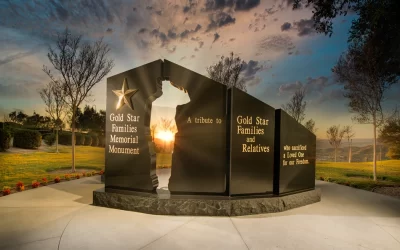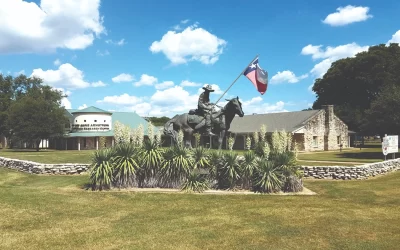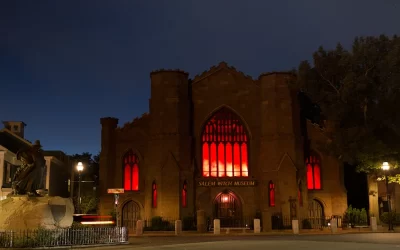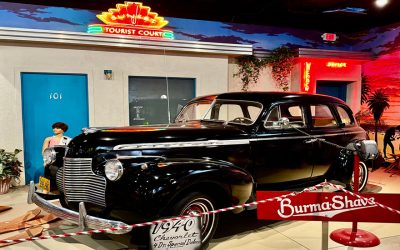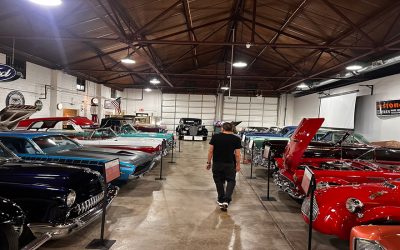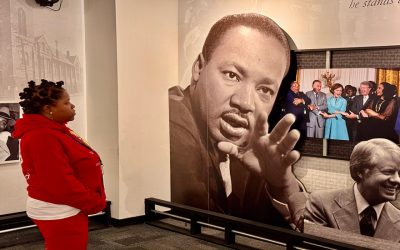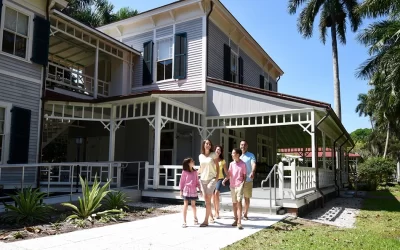Located on historic Main Street in the heart of picturesque Cooperstown, NY, the National Baseball Hall of Fame and Museum stands as one of America’s premier tourist destinations
Featured in History & Heritage
Colonial Williamsburg
Dive into 18th-century America with Colonial Williamsburg’s group tours. Traverse iconic sites like the Governor’s Palace, engage with historic tradespeople, and dine in traditional venues like the King’s Arms Tavern. Stay in official accommodations for easy access, enriching your group’s journey through America’s colonial roots.
History & Heritage Ideas for Group Travel
Discover the rich tapestry of America’s past with our “History & Heritage” tours. Designed for groups, these journeys offer an immersive experience into pivotal moments and traditions that shaped our nation. Dive deep into stories, landmarks, and legacies that have withstood the test of time.
Walk Through History at the Ronald Reagan Presidential Library
Perched atop a hill with sweeping views of the southland, the Ronald Reagan Presidential Library and Museum is one of California’s most beautiful and unique destinations.
Texas Ranger Hall of Fame and Museum
A Historical Museum for Tourists in Waco, Texas is the Texas Ranger Hall of Fame and Museum
Strawbery Banke Museum in New Hampshire
Exploring History in the Puddle Dock Neighborhood at Strawbery Banke Museum Strawbery Banke Museum brings over 350 years of history to life in Portsmouth, New Hampshire, within a historic waterfront neighborhood. The Museum shares the stories of everyday life,...
Salem Witch Museum for Leisure Groups
Housed in a beautifully preserved brick-and-brownstone Gothic Revival building, the Salem Witch Museum has welcomed visitors from around the world for more than 50 years.
Road Tripping on Route 66 in Western Oklahoma
From El Reno to Elk City, the Mother Road offers travelers both time-honored attractions and new experiences set to debut in time for its centennial in 2026
Cruising Along Route 66 in Central Oklahoma
Glimpses into yesteryear await nostalgia-minded travelers in towns gearing up to welcome guests in 2026, the 100th anniversary of the famous east-west highway.
Atlanta Attractions Captivate History Buffs
Commune with the past at the Atlanta History Center, Georgia State Capitol and museums preserving the legacies of Martin Luther King, Jr. and Jimmy Carter
Why Groups Will Love Visiting the Edison and Ford Winter Estates
A Must-See Group Destination: The Edison and Ford Winter Estates Southwest Florida’s premier group travel attraction is found along the banks of the Caloosahatchee River in Fort Myers, Florida. The Edison and Ford Winter Estates is a living history museum dedicated to...


